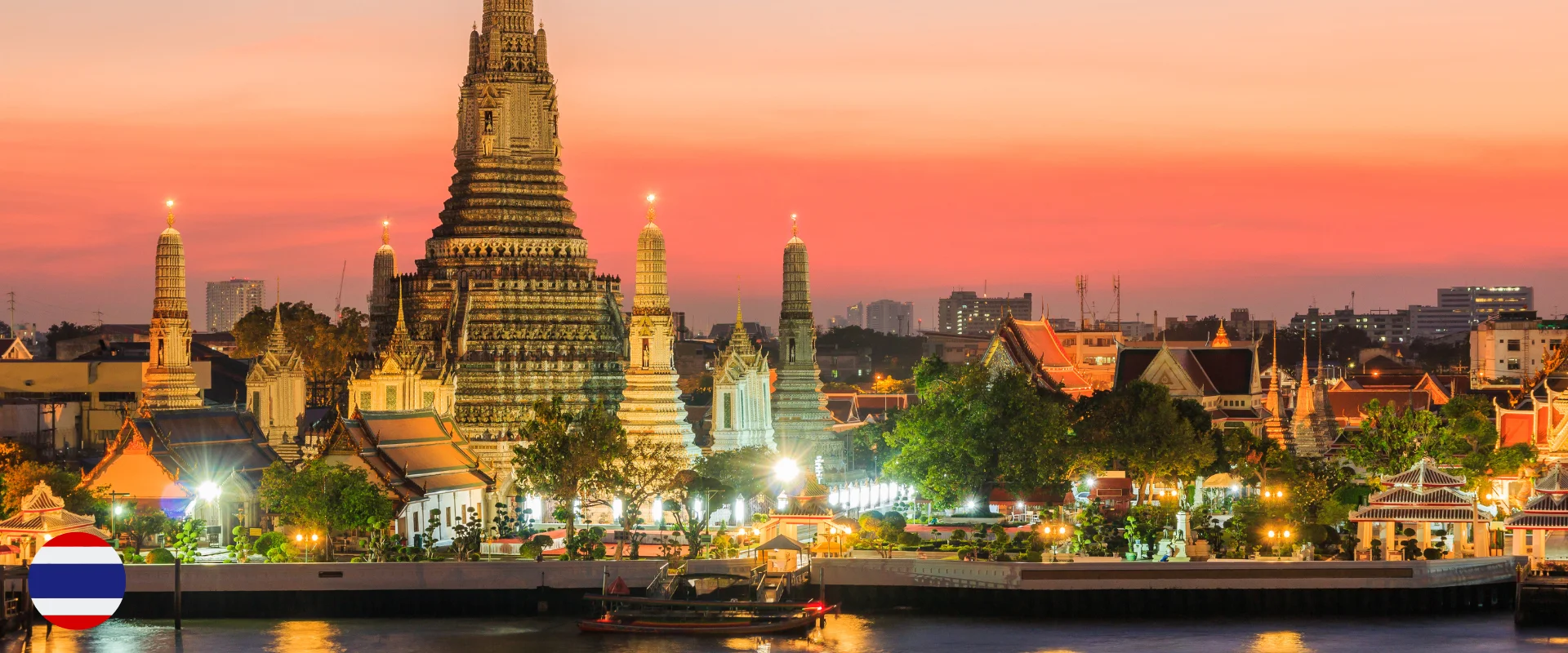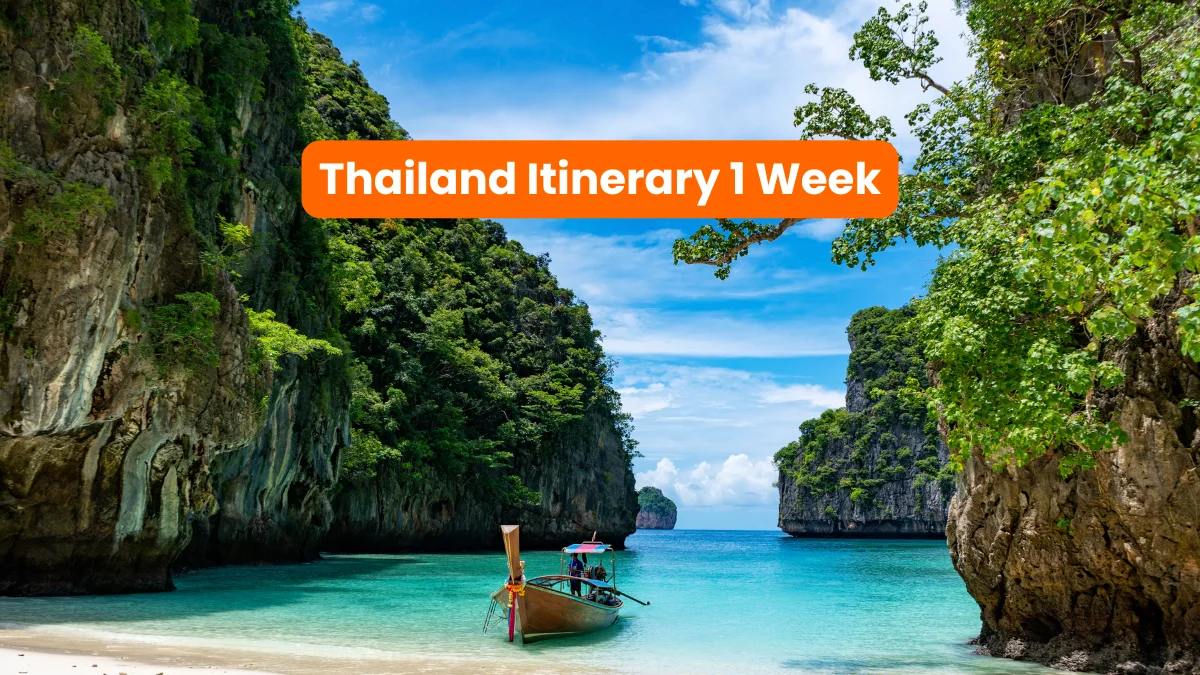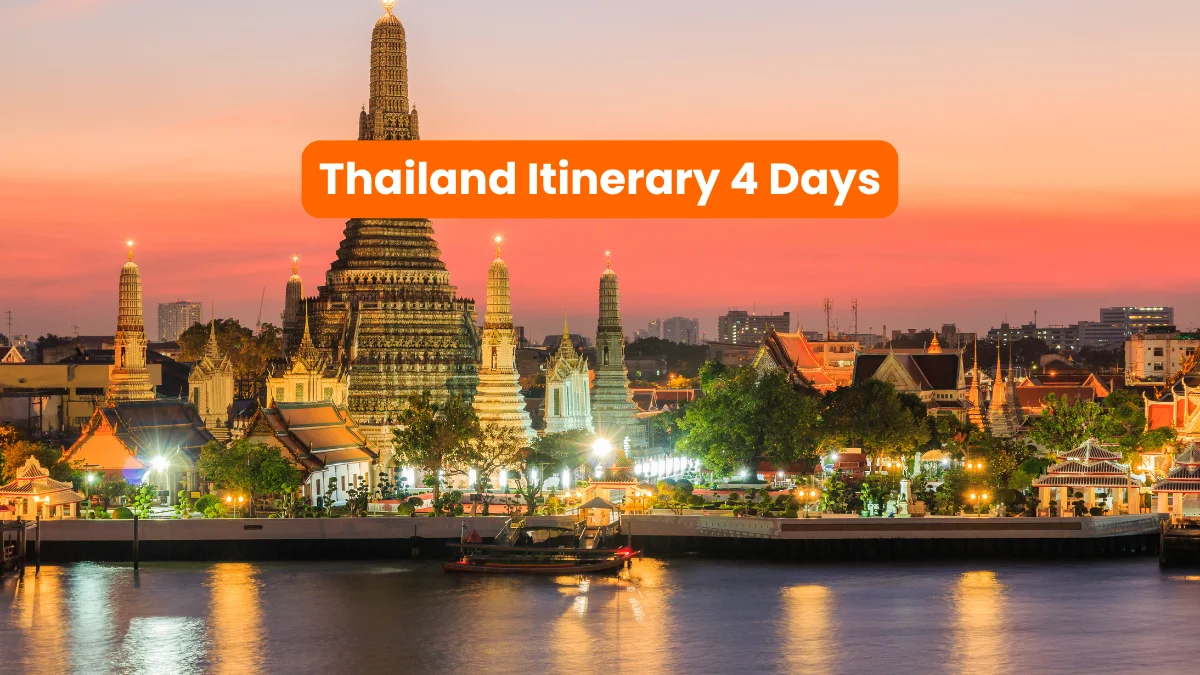As with its festivals, Thailand’s cuisine is a vibrant testament to the country’s regional diversity and cultural richness. Thai food is characterized by its bold flavors and aromatic dishes, with each region offering unique culinary specialties. From the herbal and mild tastes of the north to the fiery zest of the northeast and the coconut-rich flavors of the central and southern regions, Thai cuisine is a journey in itself for food enthusiasts. This culinary exploration is further enhanced by the country’s lively street food culture, contributing to an ever-evolving gastronomic landscape.
Northern cuisine: herbal and mild
Northern Thai cuisine, distinct in its use of fresh herbs and milder spices, reflects the region’s cooler climate and mountainous landscape. It’s a cuisine that prioritizes balance, freshness, and depth of flavor, offering a delightful divergence from the fiery cuisine of the Thai heartland.
- Flavors and Ingredients: The cuisine is defined by its reliance on mild spices, fresh herbs, and aromatic broths. Sticky rice is a staple, often paired with savory dips like nam prik noom and dishes like khao soi, a creamy coconut curry noodle soup that is a northern favorite.
- Cultural Practices: Meals often embody a sense of community, served khantoke style, where multiple dishes are presented on a traditional wooden tray for family sharing. This reflects a wider cultural focus on communal dining and social interaction.
- Local Specialties: Popular dishes include sai ua (northern sausage) and kaeng hang le (Burmese-influenced curry), known for their distinctive herbal notes and complex flavors.
- Eating Experience: The north’s cuisine often involves sampling an array of small dishes, ensuring a diverse and holistic culinary experience.
Experiencing northern Thai cuisine is not just about tasting food but engaging with the cultural rhythms and traditions that have shaped this region’s unique gastronomic identity.
Northeastern (Isaan) cuisine: spicy and bold
Known for its bold, spicy, and intense flavors, the culinary heritage of Thailand’s northeast is celebrated for its simplicity and depth, deeply connected to the rural landscape and its Laotian influences.
- Flavor Profile: Isaan cuisine is known for its fiery chili-laden dishes, tangy lime notes, and the distinctive use of fermented fish sauce. It relies heavily on fresh vegetables and herbs, creating a taste that is robust and refreshing.
- Interesting Dishes: Signature dishes include som tum (green papaya salad), larb (spicy minced meat salad), and gai yang (grilled chicken), all of which highlight the region’s penchant for spicy, sour, and savory combinations.
- Traditional Eating Practices: Meals are traditionally consumed khao niaow style, using sticky rice to scoop up flavorful bites, reflecting the communal and interactive nature of Isaan dining.
- Cultural Context: The region’s cuisine draws upon local, seasonal ingredients, emphasizing sustainability and reflecting the frugal yet rich culinary traditions of rural life.
Isaan’s spicy, bold cuisine provides an adventurous exploration for culinary enthusiasts, offering an unforgettable taste experience that embodies the region’s spirited identity.
Central and southern flavors: coconut-rich, seafood-heavy
In the central and southern regions of Thailand, the cuisine is as diverse as the landscapes, enriched with aromatic spices, creamy coconut, and abundant seafood that highlight the cultural and natural wealth of these areas.
- Culinary Characteristics of the Central Region: The central plains, with Bangkok at its heart, celebrate a balance of flavors sweet, sour, salty, and spicy with dishes like tom yam goong (spicy shrimp soup) and gaeng kiew wan gai (green curry chicken).
- Southern Cuisine: Coastal Southern Thailand features an abundance of seafood complemented with rich, spicy curries, and dishes like gaeng tai pla (fish innards curry) and khao yam (rice salad) flavored with turmeric and lemongrass.
- Street Food Influence: Both regions boast vibrant street food scenes, offering everything from spicy papaya salads to grilled seafood, showcasing Thailand’s ingenuity in crafting quick and flavorful roadside meals.
- Regional Ingredients: Coconut milk is widely used in cooking, providing creamy textures and mellowing the heat of southern dishes. Turmeric, a staple in the south, lends both color and flavor to a variety of dishes.
Exploring the culinary traditions of Thailand’s central and southern regions invites travelers to immerse themselves in the richness of a unique gastronomic journey influenced by the bounty of the land and sea.
Street food culture and must-try dishes
Thailand’s street food culture is world-renowned, an essential part of the nation’s vibrant culinary scene celebrated for its dynamic flavors, accessibility, and diversity. Street stalls and open-air markets are the heartbeat of Thai cities, offering a sensory experience filled with the sounds, sights, and irresistible aromas of cooking.
- Street Food Staples: Enjoy iconic dishes like pad thai (stir-fried noodles), khao man gai (chicken and rice), and moo ping (grilled pork skewers). Each dish tells a story of cultural fusion and regional influences.
- Price and Accessibility: Typically, street food in Thailand is inexpensive, ranging from $1 to $3 per dish, making it popular with both locals and travelers seeking authentic yet affordable flavors.
- Culinary Adventures: Markets like Bangkoks Or Tor Kor and Chiang Mais Night Bazaar offer everything from fresh produce to fully prepared meals, where trying unique street foods becomes an exploration of culinary creativity.
- Must-Visit Locations: Cities like Bangkok, with its bustling street markets and floating vendors, provide a street food paradise, where each bite contributes to a greater understanding of Thai life and culture.
Engaging with Thailand’s street food culture offers a culinary discovery that enriches travel experiences, presenting an edible narrative of the country’s vibrant and diverse culinary identities.




